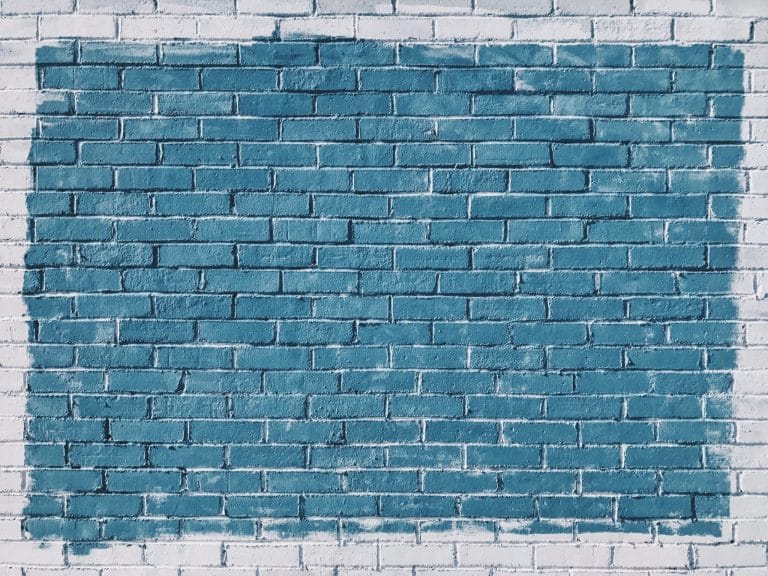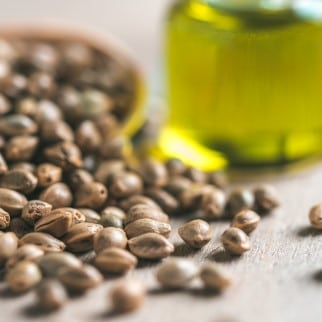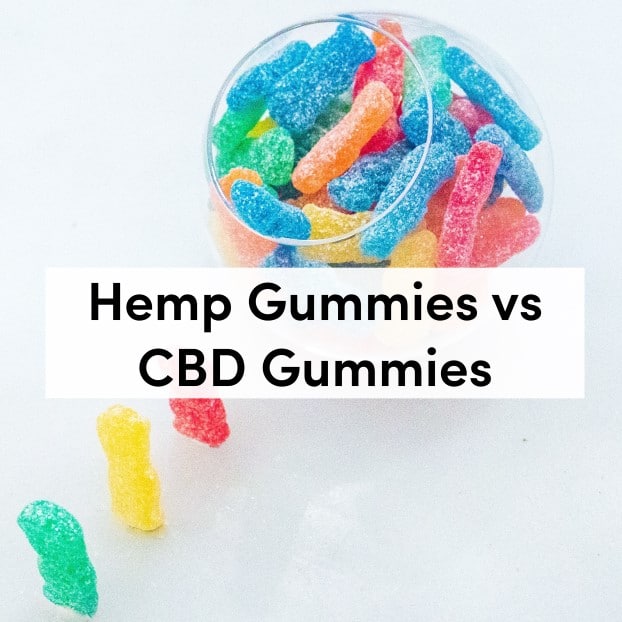What is Hemp Construction And What Are Its Advantages?

Posted on July 3rd, 2021
What is hemp construction? It’s a new revolution, centered around the hemp plant. Yes, you read that right! While hemp plants were traditionally harvested for their fibers, and more recently for CBD, hemp construction is the latest use for this plant.
Why would a plant launch a construction movement? Well, its thermal insulation, flexibility and strength make it suitable for brick building. And those bricks can work inside and out. In fact, hemp-based bricks can replace wood and traditional insulation panels. So hemp construction could be the future of sustainable building. But, before we get to that, we’ve got to back up a bit, and take a closer look at sustainable hemp growth.
Cultivating Hemp

As a crop, hemp plants are also easy on the environment. How come? Hemp grows easily in most soils. When you grow hemp, it may purify the air by reducing carbon dioxide emissions. Plus, you rarely need to use herbicides or pesticides, since hemp trichomes seem to naturally repel bugs. And, once harvested, hemp returns up to 2/3 of the minerals it uses during the growth cycle. In that way, the plant enriches and regenerates soil, improves quality for future crops.
Now, hemp’s a valuable crop for many industries. It’s one of the longest, most durable, and softest plant fibers. For that reason, hemp-based fabrics are more durable than cotton. And they’re soft on your skin, while remaining cool and absorbent.
The plant also sources strong, durable paper that we can produce without acids or chlorine. Even better? You can recycle that paper as many as seven times before it loses any quality. Which is in sharp contrast to paper made from wood.
Finally, let’s explore hemp construction. Materials from this plant are more resistant than wood. That means they’ll hold onto nails well, which makes interior decorating a lot easier.
Even better? Hemp construction relies on an additive-free, organic product. So you don’t have to worry about compromising your health. And you can recycle any waste products without causing environmental damage.
What is Hemp Construction and Hempcrete?
When you mix the woody hemp plant core with water and lime, you get hempcrete. The proportions vary depending on your binder choice, but a standard mix is 4:1:1 of hemp hurds, water, and lime. First, you add water and lime and mix until you form a slurry. Then, you add hemp, mixing until the product appears even. You can test readiness by forming a ball in your hand. If you squeeze the ball and it breaks into two, your mix is perfect. But if the ball simply crumbles, it’s not quite ready yet.
Once complete, you can pour the mixture into molds, just like ordinary concrete. This will give you your desired shapes and form. Most often, builders form hempcrete blocks or bricks, using them instead of clay bricks or concrete blocks for wall construction. While this is great for the environment, it’s also better for your ultimate structure. And that’s because hemp shives have a high silica content, giving them strength and helping them easily bind raw materials into a mixture.
Hempcrete Benefits
Now, hempcrete has a low density, so it’s initial strength is lower than traditional concrete. But over time, and with air exposure, the product gains strength. comprehensive strength of 145 psi, which is just 5% of that of normal residential grade concrete. And, since it’s lighter than concrete, it’s easier to work with. Plus, using hempcrete for floors eliminates the need to build with expansion joints. Finally, while it does take time to cure, It does take time to cure, the material’s elasticity means it’s less likely to crack under stress.
Guess what? That’s not even the whole story! Because the bricks are also fire resistant, which enhances construction safety. But one of the greatest hempcrete advantages is that it absorbs and retains carbon dioxide from the atmosphere, just like hemp plants. So, when you build with this product, your home will become carbon negative. This increases durability, reduces your environmental footprint, and even helps your building stand up to fungus and mold.
Hemp Blocks or Bricks
You can make hemp blocks by putting the hempcrete into molds. Then, you press and pack it, and leave it to age. Of course, that’s not something you can do on your own. But developers have created machinery to help the process. So, today, you can source bricks in different finishes, and create surfaces that are smooth enough for direct painting or plastering. Keep in mind, you’ll need to use mineral plaster to create hempcrete insulation. And you’ll need to wait six to 10 weeks before using your bricks. But, during that curing period, all you need to do is leave the bricks in open air. Because, unlike concrete curing, you won’t need water to help the process with hempcrete bricks.
Variables in Hemp Construction
Because we use hemp, water and lime for hempcrete, we have to answer “what is hemp construction” by exploring each element’s characteristics.
To start with, hemp cores come from plants, grown in various conditions. The plant’s fiber volume and length affect the core grading and volume. Plus, you’ll often have some leftover fiber content in your woody cores, and this can affect the hempcrete’s density, strength and thermal performance.
Lime also comes in many grades and types. These affect durability and strength of your mixed hempcrete. (And the formation time for your end product.) Some manufactures make lime binders specifically for use in hemp construction. They even suggest their own proportions for hempcrete based on their product quality.
Now, even when you control hemp hurd and lime proportions, your water volume will have a great effect on the final product quality. Hemp hurd is very porous and absorbs water while you’re adding fluid to the mixture. For that reason, adding too much water will result in higher densities, so your hempcrete will take longer to dry and set.
Why Use Hemp In Construction?

Most of the materials used in modern day construction like, bricks, sand, lime, aggregates, stone and others have been in use for centuries, and new materials are rare and far in between. Most of these have impacted the environment in their mining and production and limited availability. The use of hemp, a natural resource that is not depleted and can be replaced, is a rare advantage that must be fully encouraged in construction. It can be renewed and replaced ever year, and also recycled where necessary. It is actually a waste product from the hemp plant, whose fiber and other pant material see far more uses.
It also makes for affordable insulation without the use of other insulation options that mainly dependent on materials produced from limited resources. The lime used in hemp construction also has antimicrobial and antifungal properties that give the use of hemp an added advantage.






